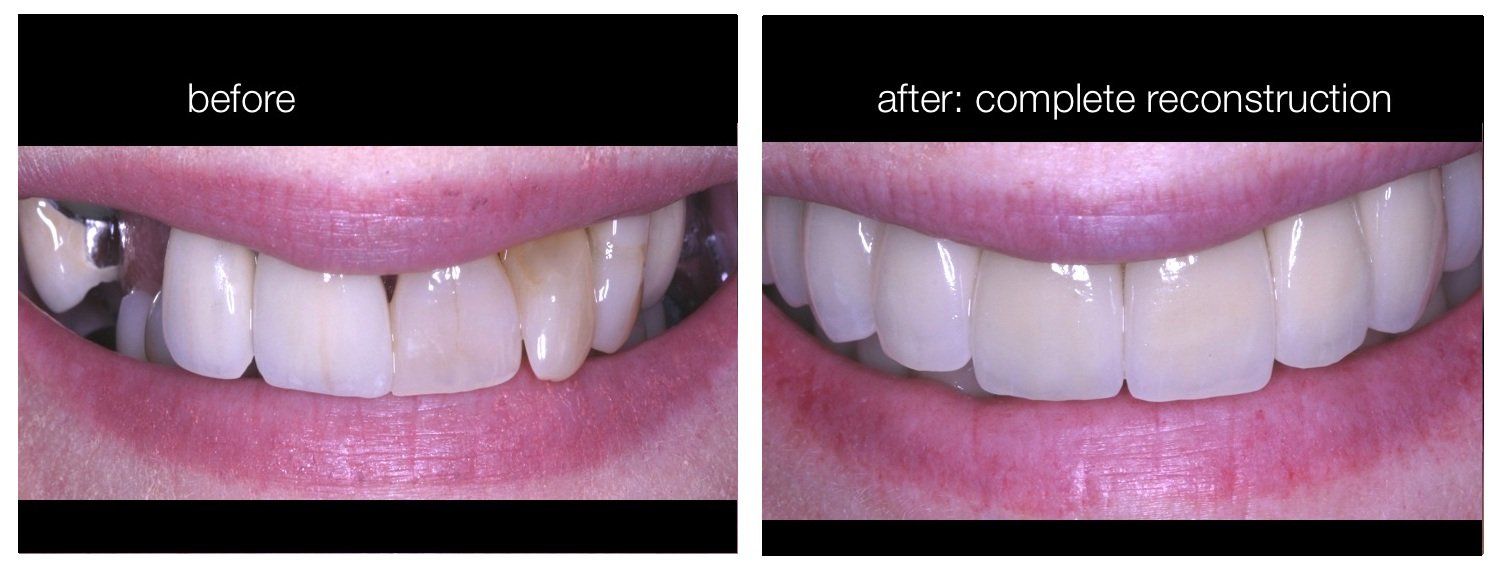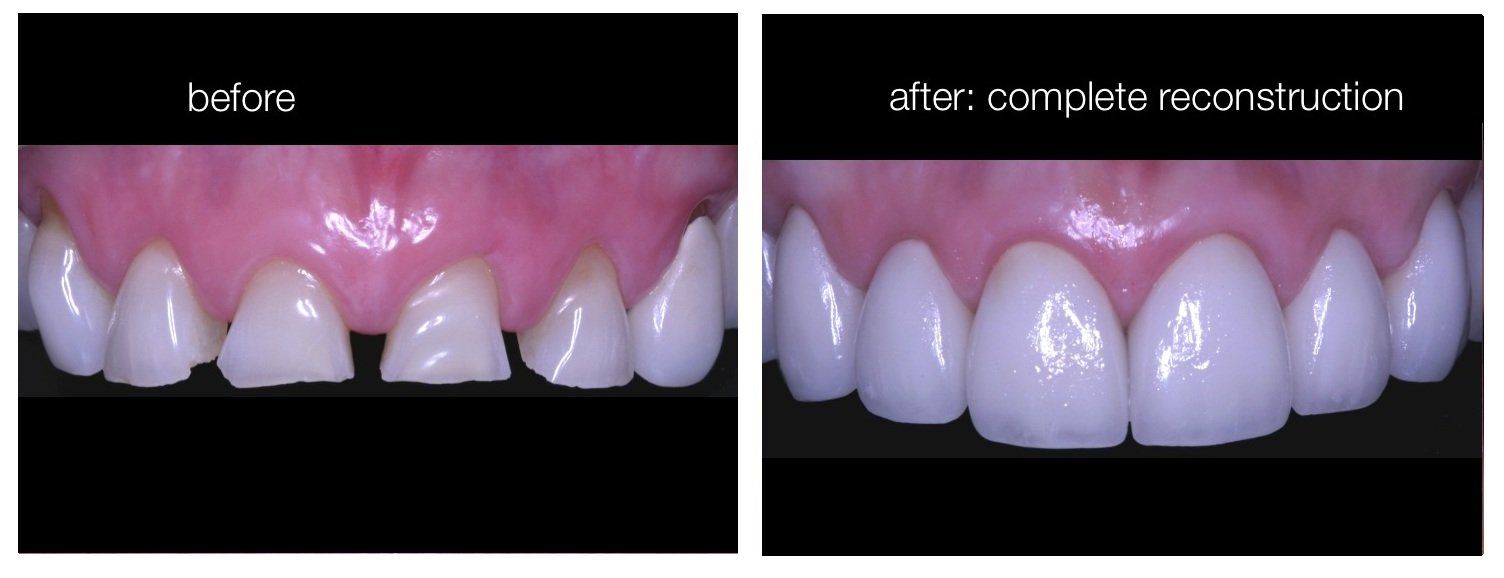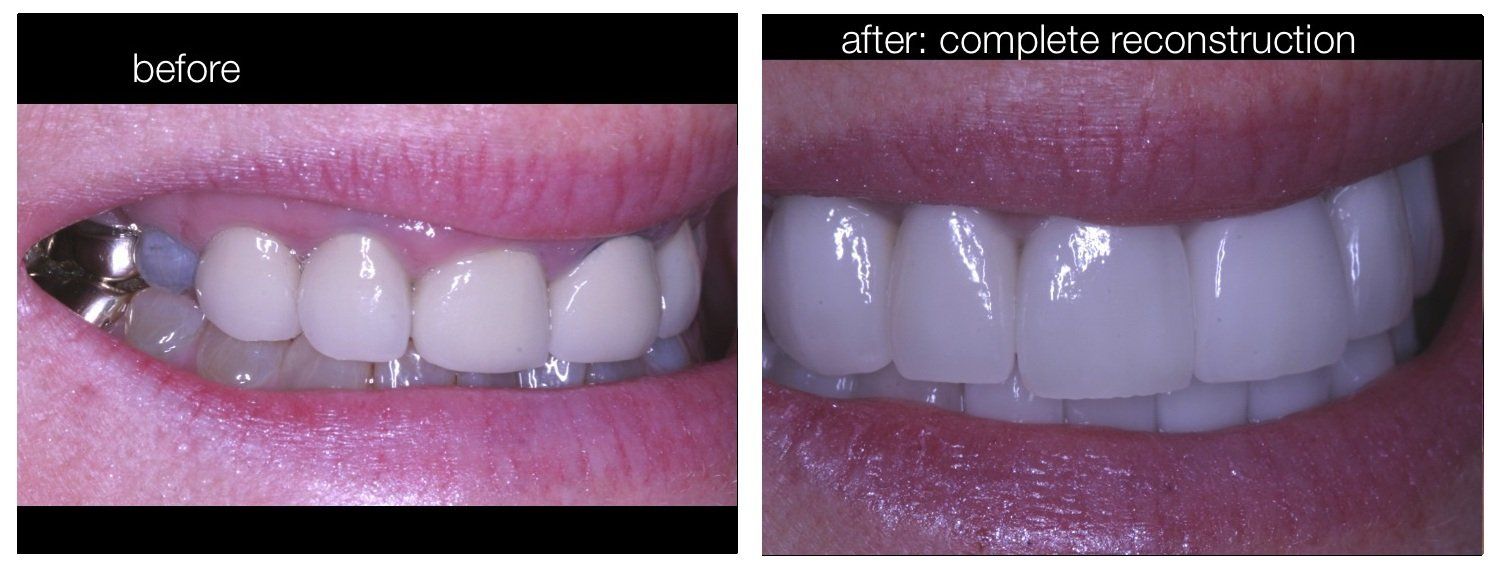State of the Science
The strategy and techniques of rehabilitation of a head and neck cancer patient are directly related to the location of the cancer and to the extent and type of surgical intervention and radiation modalities used. Oral carcinomas not detected and evaluated in their early clinical stages usually invade contiguous structures, thereby setting the stage for extensive surgical procedures that are generally followed by radiation therapy.
Removal of extensive segments of the tongue, floor of mouth, mandible, and hard and soft palate as well as the regional lymphatics usually mandates extensive rehabilitative management. Generally, maxillofacial prosthodontists restore maxillary resections with obturator prostheses. However, in many instances a soft palate speech bulb-obturator retained in the maxillae (for restoration of velopharyngeal function) or a palatal augmentation prosthesis (if tongue function is lost) is required for optimal rehabilitation. Currently, rehabilitation of a maxillectomy and/or soft palate defect via an obturator prosthesis is most effective in restoring function. Recent advances in microsvascular free flap tissue transfers have been used successfully to reconstruct composite defects of the mandible, buccal mucosa, and tongue.
Current rehabilitative practice is centered in five principles:
1. The process of rehabilitation begins at time of initial diagnosis and interdisciplinary treatment planning with the oncologists and head and neck surgeons.
2. The dentition should be preserved if possible.
3. Rehabilitative treatment plans are be based on fundamental principles of prosthodontics, including a philosophy of preventive dentistry and conservative restorative dentistry.
4. Surgery before prosthetic rehabilitation may be indicated to improve the existing anatomic configuration after ablative cancer surgery, reconstructive surgery, and/or radiation therapy.
5. Multidisciplinary cancer care is required to achieve the best functional, physical, and psychologic outcomes.
The need to treat tumors expediently often delays planning for rehabilitation. However, without a highly interactive and dynamic dialogue among health care providers during the initial treatment planning process, efforts to provide optimal rehabilitative care are impaired. Other health professionals-including social workers, vocational rehabilitation counselors, nurses, nutritionists, occupational therapists, physical therapists, speech pathologists, and dental hygienists-are also vital members of the team. Because a team of this breadth is not typically encountered in the community setting, comprehensive rehabilitation is best managed in a medical center venue.
Factors affecting the cancer surgical treatment plan for oral cancer patients include the following:
• Prognosis and systemic status of patient
• Potential size and site of defect
• Potential nature of functional and/or cosmetic defect
• Adjunctive therapy (e.g., chemotherapy or radiation) that may compromise the surgical result
• Anticipated changes to function and cosmesis, based on the cancer surgery and the availability, accessibility, and cost of rehabilitative procedures
Planning
Planning for patients who need rehabilitation of the maxillofacial complex includes consideration of surgical defects associated with the maxilla, mandible, tongue, soft palate, and facial region, including the patient with a combined orofacial abnormality. The role and impact of radiation and chemotherapy also need consideration.
Specific abnormalities result directly from the extent and nature of cancer treatment as well as the patient’s functional and psychological ability to respond to changes induced by therapy. Thus, rehabilitation may be directed to hypernasality, mastication and deglutition dysfunction, control of oral secretions, compromised interarch relations, speech deficits (tongue disarticulation), salivary gland dysfunction, and/or cosmetics.
In recent years there have been significant advances in some of the strategies for rehabilitating the oral cancer patient. These include fundamental qualitative improvements in biomaterials (including osseointegrated implants), microvascular free flap tissue transfers, and hyperbaric oxygen technology (by which gas highly concentrated in oxygen is delivered under increased pressure to patients).
Still, long-term success depends in large measure on effective follow-up protocols. The traditional idea that a patient’s original maxillofacial prosthesis will adequately support his or her lifelong needs is no longer valid. The prosthesis needs ongoing evaluation, adjustment, and usually replacement over time. Most removable extraoral prostheses need to be remade every 2 to 3 years; removable intraoral maxillofacial prostheses require regular maintenance and generally need replacement every 5 to 7 years. In addition, the ongoing long-term sequelae of radiation therapy for head and neck cancer require the dentist to keep the periodontium in optimal condition. Furthermore, restorations of abutment teeth used to retain an intraoral maxillofacial prosthesis must be sound and noncarious, and implant prostheses in this population require extensive maintenance for optimal functional results.
The standard of care for patients receiving a palatal resection (maxillectomy, palatectomy and/or soft palate resection) includes three stages of maxillofacial prosthetic intervention:
1. Immediate placement of a surgical obturator prosthesis (inserted in the operating room, usually by the maxillofacial prosthodontist, at completion of surgery to separate the oral cavity from nasal cavities created by cancer surgery).
2. Placement of a provisional or interim postsurgical obturator prosthesis (inserted after the surgical obturator and packing is removed 7 days postoperatively, worn in the postoperative healing period).
3. Placement of a definitive postsurgical obturator prosthesis.
Major technologic advances have occurred in recent years in osseointegration (the process by which natural bone attaches to the metal or ceramic component of an implant), thereby facilitating the use of dental implants. Brånemark et al. have pioneered the modern-day use of this technology, in which implant materials capable of bearing forces produced during normal function interface both structurally and functionally with bone. Dental implants are now being used in both oral and extraoral settings and have significantly improved the restoration of both form and function to the oral and craniofacial region. Potentially, implant-borne prostheses can be used in the majority of intraoral and extraoral defects. However, in patients with intraoral defects, the most useful implant sites usually are not within the radiation treatment volume. An emerging exception appears to be the case of fibula free flaps, where implants are used to restore segmentally resected mandibles prior to post-surgical radiation. For extraoral prostheses, bioadhesives have traditionally been used to enhance retention, but they have considerable limitations. Indeed, patients and clinicians often become frustrated by the difficulty of achieving optimal effects with adhesives. Both experience and specialized education can improve the clinician’s ability to provide these components of extraoral and intraoral rehabilitative care.
The characteristics of successful osseointegration include: 1. biocompatible implant materials 2. non-traumatic, aseptic surgical procedures 3. an initial healing period in which functional loading of forces is deferred and 4. stress-reducing prosthodontic procedures. Patients should be selected with great care, and proper maintenance
and follow-up are imperative. Successful osseointegration can permit the restoration of masticatory function following mandibular fibula free flap microvascular transfers. Osseointegration in the maxillary-resected patient and implant-retained facial prostheses have become acceptable in major cancer centers worldwide.








